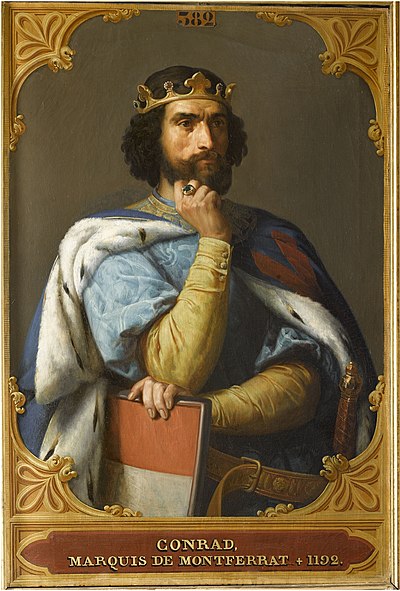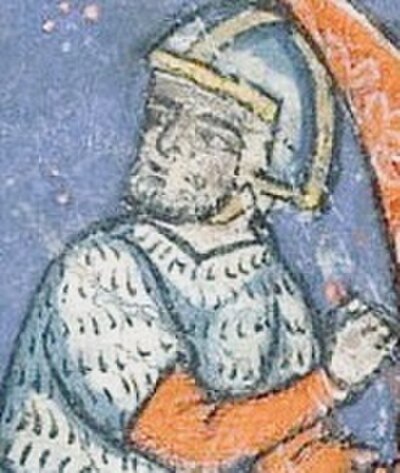The Battle of Hattin, fought on 4 July 1187 near Tiberias in present-day Israel, was a pivotal clash between the Crusader states of the Levant and the Ayyubid forces led by Sultan Saladin. Saladin's victory decisively shifted the balance of power in the Holy Land, leading to the Muslim recapture of Jerusalem and sparking the Third Crusade.
Background tensions in the Kingdom of Jerusalem heightened with the ascension of Guy of Lusignan in 1186, amidst a split between the "court faction," supporting Guy, and the "nobles' faction," backing Raymond III of Tripoli. Saladin, having unified the Muslim regions surrounding the Crusader states and advocating for jihad, seized on these internal divisions.
The immediate cause of the battle was the violation of a truce by Raynald of Châtillon, prompting Saladin's military response. In July, Saladin besieged Tiberias, provoking the Crusaders into a confrontation. Despite advice against it, Guy of Lusignan led the Crusader army from their stronghold to engage Saladin, falling into his strategic trap.
On 3 July, the Crusaders, hampered by thirst and harassment by Muslim forces, made a fateful decision to march towards the Springs of Kafr Hattin, directly into Saladin's hands. Surrounded and weakened, the Crusaders were decisively defeated the following day. The battle saw the capture of key Crusader leaders, including Guy of Lusignan, and the loss of the True Cross, a symbol of Christian morale.
The aftermath was catastrophic for the Crusader states: key territories and cities, including Jerusalem, fell to Saladin in the following months. The battle exposed the vulnerability of the Crusader states and led to the mobilization of the Third Crusade. However, despite subsequent military campaigns, the Crusader presence in the Holy Land was irreversibly weakened, culminating in the eventual decline of Crusader power in the region.














































